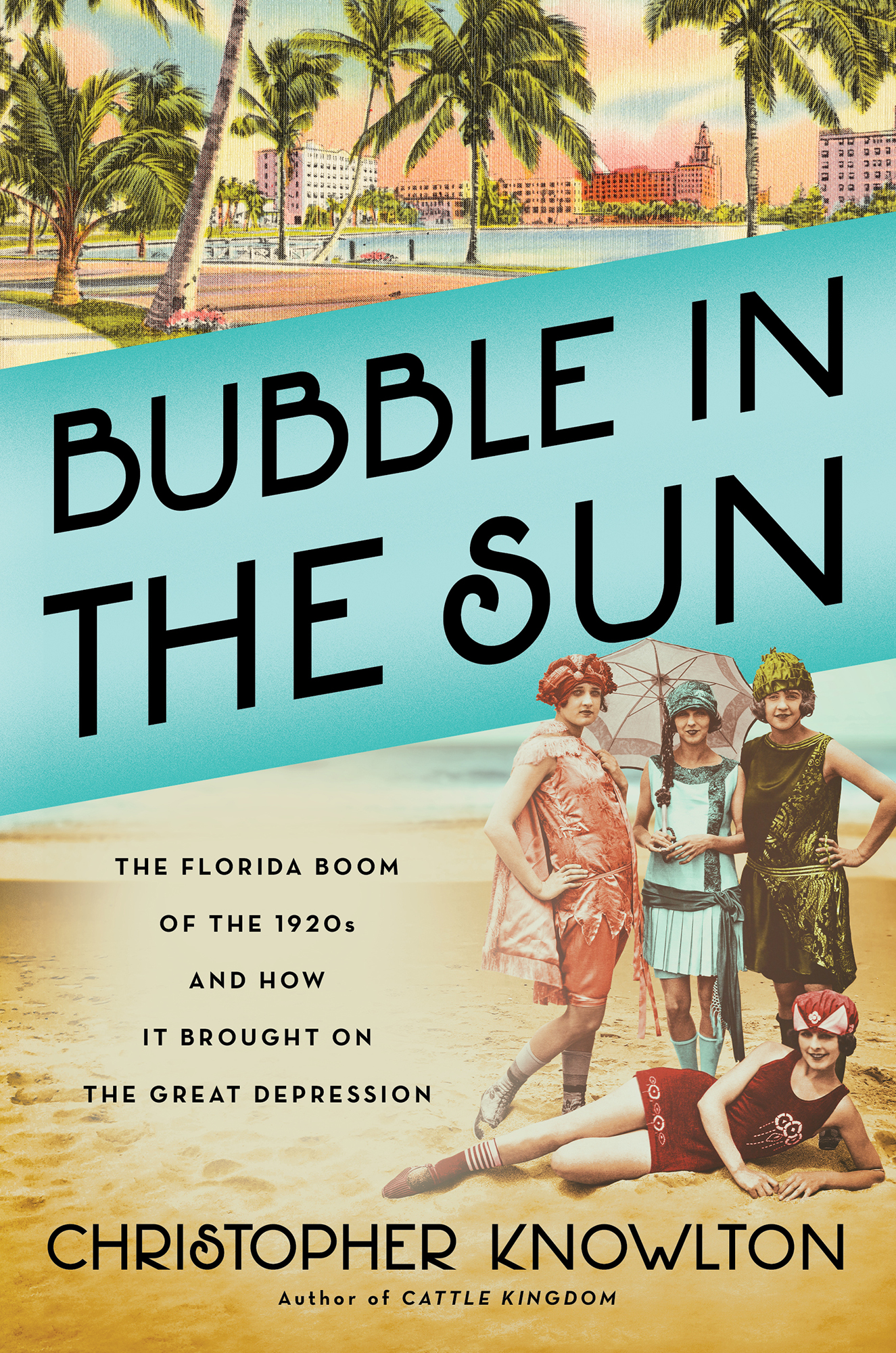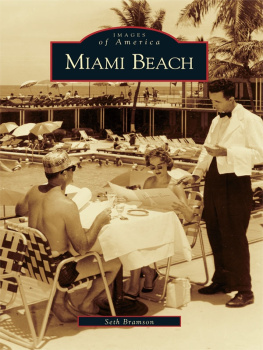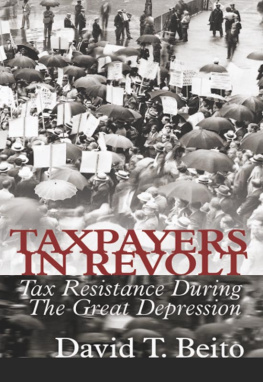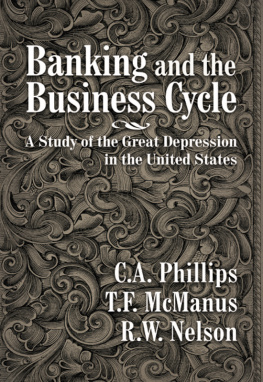Christopher Knowlton - Bubble in the sun: The Florida Boom of the 1920s and How It Brought on the Great Depression
Here you can read online Christopher Knowlton - Bubble in the sun: The Florida Boom of the 1920s and How It Brought on the Great Depression full text of the book (entire story) in english for free. Download pdf and epub, get meaning, cover and reviews about this ebook. year: 2020, publisher: Simon & Schuster, genre: Non-fiction. Description of the work, (preface) as well as reviews are available. Best literature library LitArk.com created for fans of good reading and offers a wide selection of genres:
Romance novel
Science fiction
Adventure
Detective
Science
History
Home and family
Prose
Art
Politics
Computer
Non-fiction
Religion
Business
Children
Humor
Choose a favorite category and find really read worthwhile books. Enjoy immersion in the world of imagination, feel the emotions of the characters or learn something new for yourself, make an fascinating discovery.

- Book:Bubble in the sun: The Florida Boom of the 1920s and How It Brought on the Great Depression
- Author:
- Publisher:Simon & Schuster
- Genre:
- Year:2020
- Rating:5 / 5
- Favourites:Add to favourites
- Your mark:
- 100
- 1
- 2
- 3
- 4
- 5
Bubble in the sun: The Florida Boom of the 1920s and How It Brought on the Great Depression: summary, description and annotation
We offer to read an annotation, description, summary or preface (depends on what the author of the book "Bubble in the sun: The Florida Boom of the 1920s and How It Brought on the Great Depression" wrote himself). If you haven't found the necessary information about the book — write in the comments, we will try to find it.
Bubble in the sun: The Florida Boom of the 1920s and How It Brought on the Great Depression — read online for free the complete book (whole text) full work
Below is the text of the book, divided by pages. System saving the place of the last page read, allows you to conveniently read the book "Bubble in the sun: The Florida Boom of the 1920s and How It Brought on the Great Depression" online for free, without having to search again every time where you left off. Put a bookmark, and you can go to the page where you finished reading at any time.
Font size:
Interval:
Bookmark:



Simon & Schuster
1230 Avenue of the Americas
New York, NY 10020
www.SimonandSchuster.com
Copyright 2020 by Christopher Knowlton
All rights reserved, including the right to reproduce this book or portions thereof in any form whatsoever. For information, address Simon & Schuster Subsidiary Rights Department, 1230 Avenue of the Americas, New York, NY 10020.
First Simon & Schuster hardcover edition January 2020
SIMON & SCHUSTER and colophon are registered trademarks of Simon & Schuster, Inc.
For information about special discounts for bulk purchases, please contact Simon & Schuster Special Sales at 1-866-506-1949 or .
The Simon & Schuster Speakers Bureau can bring authors to your live event. For more information or to book an event, contact the Simon & Schuster Speakers Bureau at 1-866-248-3049 or visit our website at www.simonspeakers.com.
Interior design by Lewelin Polanco
Jacket design by Rex Bonomelli
Jacket photographs: (Top) Tichnor Brothers Postcard Collection/Boston Public Library; (Bottom) Old Visuals/Alamy Stock Photo
Author photograph Stacey J. Byers, Captured Spirit Photography
Library of Congress Cataloging-in-Publication Data
Names: Knowlton, Christopher, author.
Title: Bubble in the sun : the Florida boom of the 1920s and how it brought on the Great Depression / Christopher Knowlton.
Description: First Simon & Schuster hardcover edition. | New York : Simon & Schuster, 2020. | Includes bibliographical references and index. | Summary: Christopher Knowlton, author of Cattle Kingdom and former Fortune writer, takes an in-depth look at the spectacular Florida land boom of the 1920s and shows how it led directly to the Great Depression Provided by publisher. Identifiers: LCCN 2019034981 (print) | LCCN 2019034982 (ebook) | ISBN 9781982128371 (hardcover) | ISBN 9781982128388 (paperback) | ISBN 9781982128395 (ebook)
Subjects: LCSH: Real estate developmentFloridaHistory20th century. | Real estate investmentFloridaHistory20th century. | Land speculationFloridaHistory20th century. | Financial crisesFloridaHistory20th century. | Depressions1929. | FloridaEconomic conditions20th century.
Classification: LCC HD266.F6 K67 2020 (print) | LCC HD266.F6 (ebook) | DDC 333.3309759/09042dc23
LC record available at https://lccn.loc.gov/2019034981 LC ebook record available at https://lccn.loc.gov/2019034982
ISBN 978-1-9821-2837-1
ISBN 978-1-9821-2839-5 (ebook)
To Pippa and to the memory of my grandmother Ruth Bull Rathbone, who gave me Florida.

Did any of these people know what they were doingcould any of them see even an inch beyond their own affairs, or realize what hopelessly inconspicuous, enormously unimportant atoms they were in that great surging sea that was modern America?
T. H. WEIGALL, Boom in Paradise
At high tide on the clear morning of January 10, 1926, to the squalling of circling gulls, the Prinz Valdemar, a five-masted steel-hulled barkentine, weighed anchor. With the help of two tugboats, she prepared to navigate the narrow channel known as Government Cut that led into the turning basin of Miami Harbor. Her captain and crew of eighty were understandably impatient: they had waited ten days for their turn to be towed into the crowded harbor. Many of the crew stood at ease at her deck railings and watched the tugs at work. As they knew well, the Prinz Valdemar was a dinosaur of the great age of sailing ships and, at 241 feet long, likely the largest vessel ever to enter the harbor. Built in Denmark in 1891, she had weathered many transatlantic crossings and countless storms at sea until the outbreak of World War I, when the German navy deployed her as a blockade runner. In a later incarnation, she had hauled sacks of coconuts up from Nicaragua. The plan now was to convert her into a floating hundred-room hotel to help meet the acute housing shortage in Miami, which, like the rest of Florida, was in the midst of an epic building boom.
Thirty-six other ships, mostly steamships and schooners, already jammed the inner harbor, vying for berths and wharf space to unload their cargos of building supplies. The steamers were tied up three deep at the city piers. An additional thirty-one ships lay at anchor outside the harbor, awaiting their turn to enter, loaded with enormous amounts of lumbermillions of feet, by one estimateto say nothing of the wallboard, plumbing fixtures, and roofing materials destined for various construction projects up and down the coast.
Precluded from entering the port, passenger ships arriving from Havana, New York, and as far away as San Francisco had resorted to anchoring off the coast and ferrying their passengers ashore on launches and tenders. At night, with their rigging lit, the forest of masts and rows of bright portholes suggested an ethereal, glittering city bobbing on the horizon.
But nothing seemed more fantastical than what was actually happening onshore. From the deck of the Valdemar, the crew could see the skeletons of a dozen new steel and concrete skyscrapers sheathed in scaffolding and jutting into the sky, creating a new urban skyline where only one multistory structure had existed just eighteen months before. Three tall hotels along the bay-front area of downtown Miamithe Columbus, the Watson, and the Evergladeswere framed in steel girders but remained unfinished. Behind them rose the Meyer-Kiser Bank Building on Flagler Street, also still under construction, and the three-towered McAllister Hotel. Tallest of them all was the recently completed Miami Daily News Building a few blocks north. The year before, the newspaper had set a world record when it published a 504-page edition in twenty sections, loaded with real estate ads and weighing 7.5 poundsrequiring fifty railcars full of newsprint to produce. To celebrate its unprecedented success, the paper had built this twenty-six-story skyscraper and crowned it with an elaborate tiered bell tower modeled on the Giralda tower that sits atop Seville Cathedral in southern Spain.
Pandemonium raged on Miamis city streetsand on the streets of all the new cities and towns that had sprung up along both coasts of Florida during that decade. My first impression, as I wandered out into the blazing sunlight of that bedlam that was Miami, was of utter confusion, remembered Theyre Hamilton Weigall, a twenty-four-year-old Australian-born, London-based journalist who arrived in Florida by train at the peak of the boom and stood stunned among the screeching motor horns and the deafening cacophony of rivet guns, drills, and hammers. Hatless, coatless men rushed about the blazing streets, their arms full of papers, perspiration pouring from their foreheads, he recalled. Every shop seemed to be combined with a real estate office; at every doorway, crowds of young men were shouting and speech-making, thrusting forward papers and proclaiming to heaven the unsurpassed chances they were offering to make a fortune. Everybody in Miami was real estate mad.
Building projects in the Greater Miami region totaled $103 million in 1925 ($1.5 billion in todays money), a huge figure for the day. But an embargo imposed by the Florida railroads in September 1925 had compounded the chaos and overcrowding in the harbor and on the citys streets. Lacking the requisite warehousing, logistics, and labor, the railroads had been overwhelmed by the avalanche of building materials pouring into the state. Until order could be restored, the tracks repaired, and new warehouses built, all cargo into Florida was now banned, except fuel and perishables. A milk bottle shortage emerged; ice had to be rationed; local cows, deprived of feed, began to starve. By year-end 1925, thousands of railroad cars were backed up in Jacksonville and other gateways to the state.
Font size:
Interval:
Bookmark:
Similar books «Bubble in the sun: The Florida Boom of the 1920s and How It Brought on the Great Depression»
Look at similar books to Bubble in the sun: The Florida Boom of the 1920s and How It Brought on the Great Depression. We have selected literature similar in name and meaning in the hope of providing readers with more options to find new, interesting, not yet read works.
Discussion, reviews of the book Bubble in the sun: The Florida Boom of the 1920s and How It Brought on the Great Depression and just readers' own opinions. Leave your comments, write what you think about the work, its meaning or the main characters. Specify what exactly you liked and what you didn't like, and why you think so.







